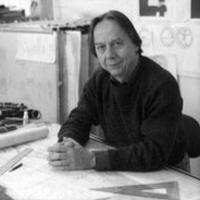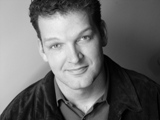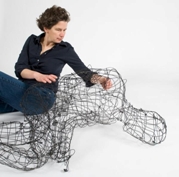
Lori McKinney-Blankenship
The Human Experience of Our Creative Community
Posted by Jul 25, 2013

Lori McKinney-Blankenship
I am sitting in The Room Upstairs, our living room style theatre, cross legged on a comfortable couch. To my right, my good friend Tiffany is sculpting an octopus out of polymer clay and giggling with her brilliant musician boyfriend Jordan; he just came off the stage after an intense improvisational jam. On stage now is resident artist Maggie playing folk songs on her guitar. Behind her is a beautiful space scene projected on the screen, mixed with video clips of the ocean. It's beautiful.
To my left is Bobby, a man from the neighborhood who we first met as he collected cans to recycle. He absolutely loves it here. He has a special chair in the back; it's a soft cushy seat, and he kicks back, totally engaged from the time the music kicks in until it finishes at the end of the night. We gather that there isn't much more in life that is available for him; he spends a good bit of time pushing a shopping cart around. Everyone here welcomes him with open arms. In the front row is an autistic lady who rocks hard back and forth to the music and comes with her caretaker, a musician, every week. There are high school kids, college kids, a couple of grandparents, lots of 20- & 30-somethings, and a three-legged black dog.
Read More





























 The photo for our album cover – Public Art n’At by the Office of Public Art and Morton Brown: Live From Agnes Katz Plaza
The photo for our album cover – Public Art n’At by the Office of Public Art and Morton Brown: Live From Agnes Katz Plaza

 "Your Essential Magnificence" by James Edward Talbot (Photo by Philip Rogers)
"Your Essential Magnificence" by James Edward Talbot (Photo by Philip Rogers)






















